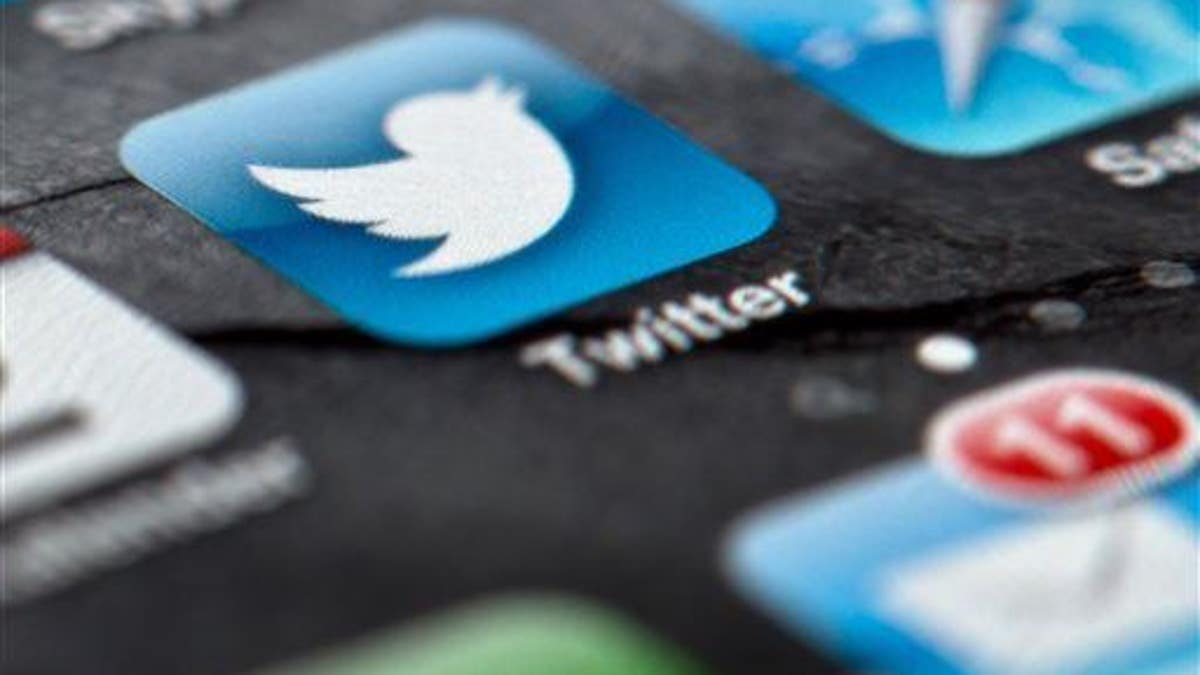
Valenti says social media sites need to do more about online threats. (AP Photo/dpa, Soeren Stache, File)
Twitter has released its latest biannual transparency report detailing the legal requests it has received in regards to user information, content removal, and intellectual property-related requests thus far in 2016.
The company has made it easier than ever to consume the comprehensive info provided in the report with bolder visualizations, a clearer breakdown of the numbers, and more specific details regarding Twitter content.
Whereas the trademark and copyright sections are business-oriented, the most noteworthy info from a Twitter user's perspective is the information requests the platform receives from governments. Twitter claims that these user account data requests are made "typically in connection with criminal investigations."
Between January and June 2016, the U.S. government made 2,520 Twitter information requests in relation to 8,009 user accounts -- comprising 44 percent of the total requests received by Twitter. Other countries that made the most amount of info requests included Japan (732) the UK (631), France (572), and Turkey (280).
More From Digital Trends
For the first time in the report's history, Twitter has identified the U.S. law enforcement agencies that make the highest volume of data demands. They include the Federal Bureau of Investigation, the Secret Service, and the New York County District Attorney's Office.
The U.S. section of the report also reveals the amount of info requests received by state, further identifying whether the demand was made by a federal or local agency. For example, for the state of New York, Twitter has received 339 account data requests thus far this year; including 223 requests from a federal agency. Overall, Twitter complied with 82 percent of its U.S. requests.
Compared to the previous reporting period, Twitter claims it received 2 percent more government requests for account information affecting 8 percent more accounts during the first half of 2016. New data in the transparency report includes info on Vine and Periscope, emergency disclosure requests, and the amount of requests regarding Twitter content (such as tweets, DMs, and other media).
